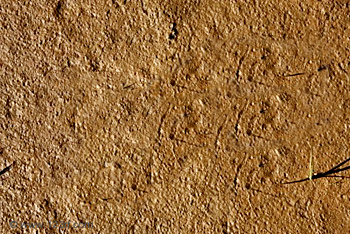 Battlefields have been one of the most crucial elements of a war fare which is mainly selected according to the topography of the area finally selected for war. Chapter IV of Book X in Arthashastra lays down different characteristics for different battlefields. A favourable battlefield is always required for the success of a war which can provide favourable positions for the infantry, cavalry, chariots and elephants which is always desirable for both war and camp. This further mentions that the men who are trained to fight in desert tracts, forests, valleys, or plain, and for those who are trained to fight from ditches or heights, during the day or night, and for elephants which are bred in countries with rivers, mountains, marshy lands, or lakes; as well as for horses; shall select a battlefield which is suitable to them.
Battlefields have been one of the most crucial elements of a war fare which is mainly selected according to the topography of the area finally selected for war. Chapter IV of Book X in Arthashastra lays down different characteristics for different battlefields. A favourable battlefield is always required for the success of a war which can provide favourable positions for the infantry, cavalry, chariots and elephants which is always desirable for both war and camp. This further mentions that the men who are trained to fight in desert tracts, forests, valleys, or plain, and for those who are trained to fight from ditches or heights, during the day or night, and for elephants which are bred in countries with rivers, mountains, marshy lands, or lakes; as well as for horses; shall select a battlefield which is suitable to them.
Battlefields further includes that the field which is even, free from mounds and pits, made by wheels and foot prints of the beasts, free from trees, plants, trunks of the trees, is not wet and free from ant- hills, sand and thorns is ideal ground for the chariots. For elephants, horses as well as men, both even and uneven grounds are suitable for both the purpose of camps as well as war; that which contains small stones, trees and pits and which are free from thorns and which can be jumped over very easily is suitable for the horses. The grounds which contain big stones, dry and green trees, and ant-hills are good for infantry; the ground which is uneven with assailable hills and valleys, which has trees that can be pulled down and plants that can be torn, and which is full of muddy soil free from thorns, is best suitable for the elephants. As per excellence Arthashastra mentions separately that which is free from thorns, not very uneven, but very expansive, is an excellent ground for the infantry; the ground which is doubly expansive, free from mud, water and roots of trees, and which is devoid of piercing gravel, is an excellent ground for horses; the soil which possesses dust, muddy soil, water, grass and weeds, and which is free from thorns (known as dog`s teeth) and obstructions from the branches of big trees, is an excellent ground for elephants; the land which contains lakes, which is free from mounds and wet lands, and which affords space for turning, is an excellent ground for chariots.
Thus, selection of a proper battlefield has been an eminent part of Arthashastra which is included in Related to War, Book X, Arthashastra. The chapter in the battlefields provides an opportunity to select the most suitable field for all the wings of the royal army.



















